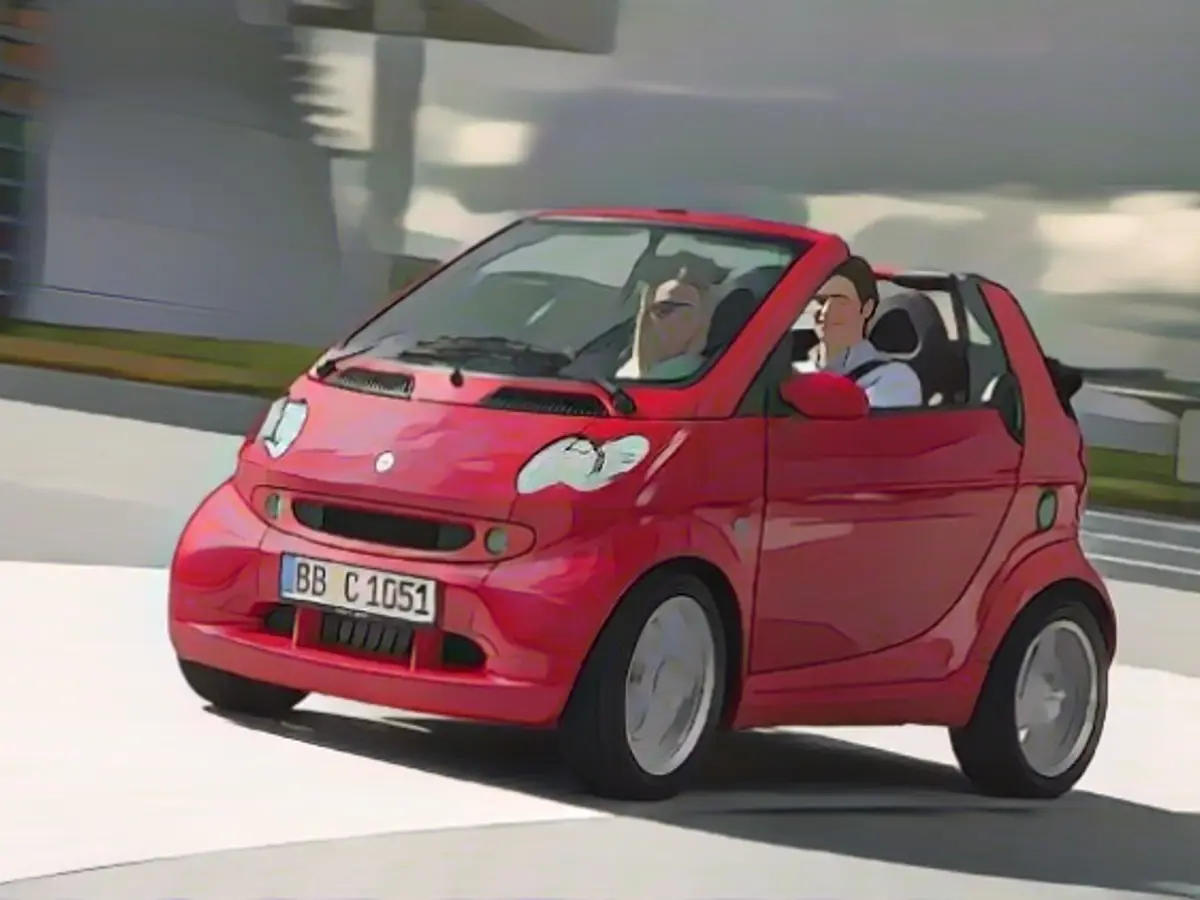Smart Fortwo - a car straight out of a ball pool
Small instead of big, plastic instead of swank: when Mercedes launched the first Smart 25 years ago, the car manufacturer wanted nothing less than to save the world - and was obviously too far ahead of its time.
Size is relative. On the one hand, at 2.50 meters long, the Smart Fortwo was by far the smallest car launched on the market in 1998. On the other hand, no other innovation made as many waves 25 years ago as the tiny car that rolled out of a specially built factory in Hambach.
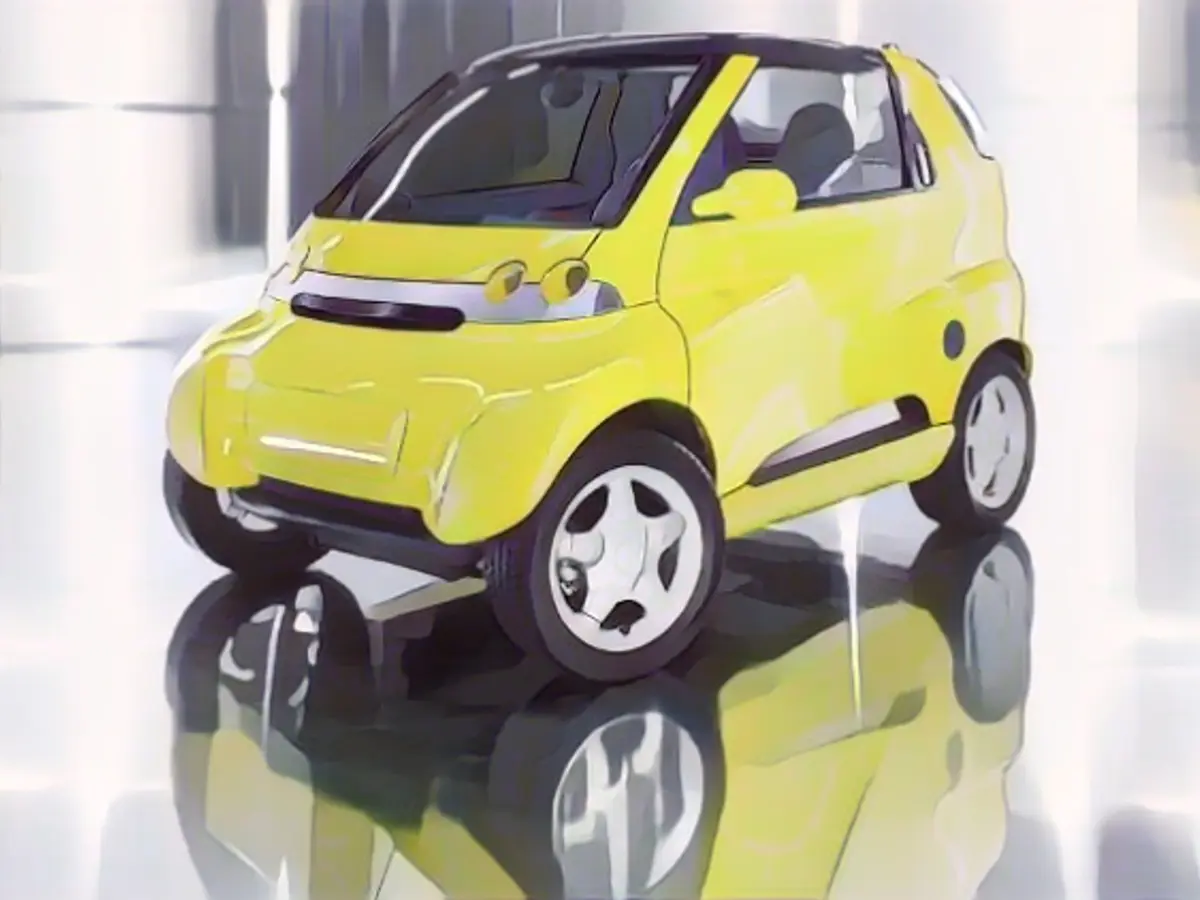
No wonder: after all, the Smart wanted nothing less than to revolutionize the car and save the world, or at least city traffic. To achieve this, it was reduced to the maximum possible. And the fact that such a car was to come from Mercedes of all companies, the manufacturer of the S-Class and Maybach, only made things even more interesting.
A local transport vehicle and the Swatch car as harbingers
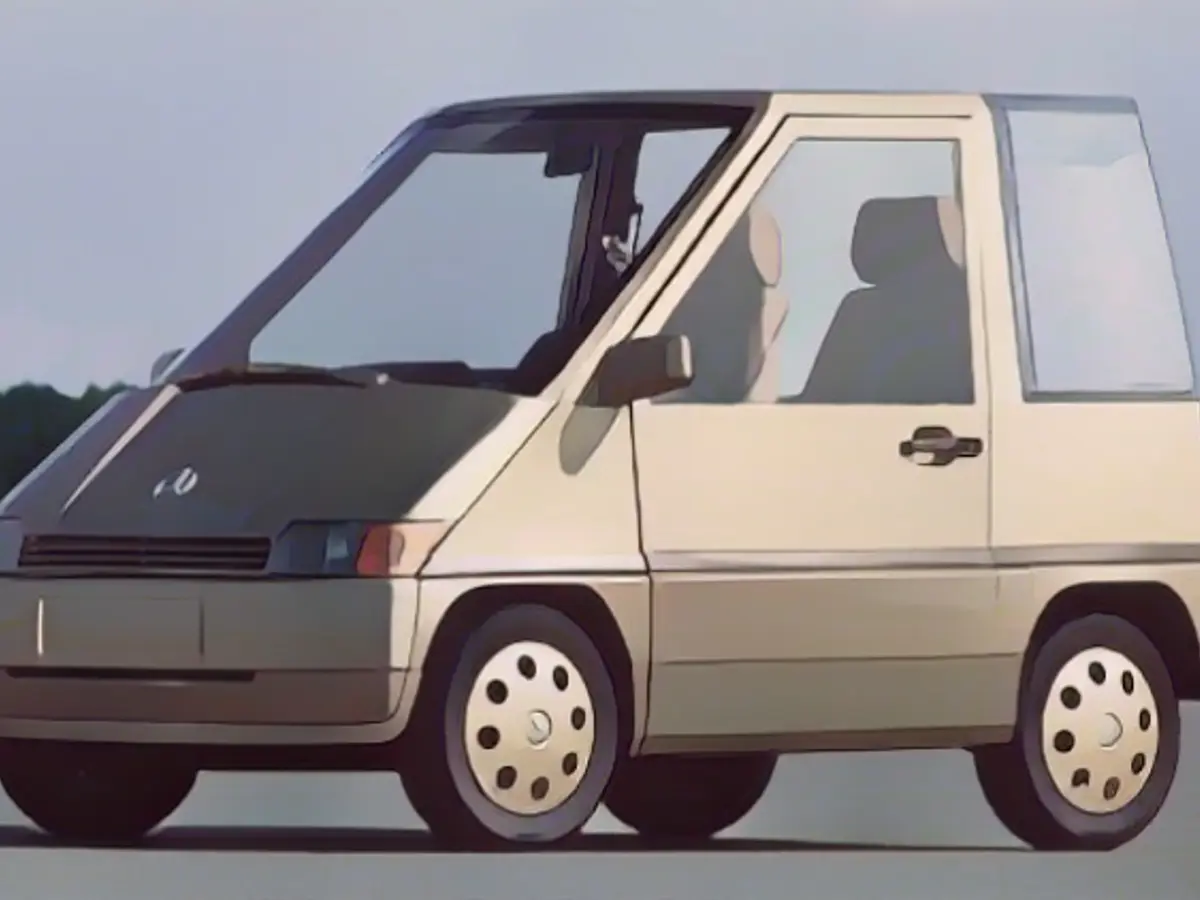
Of course, the story began much earlier, as can be read in the Mercedes archives. Back in the 1970s, a team led by Mercedes engineer Johann Tomforde was already thinking about the city car of the future in the wake of the oil crisis. They had set their sights on a length of 2.50 meters and had been drilling the thick planks in the house of the doubters until the NAFA local transport vehicle was unveiled as a study in 1981.
At the same time, Swiss entrepreneur Nicolas Hayek, who had become famous (and rich) as the inventor of the Swatch watch, was also thinking about a car for the city of tomorrow. He failed to find a partner for his ideas at VW, but found a sympathetic ear from the then Mercedes board member Jürgen Hubbert.
The Smart rolled onto the market 25 years ago
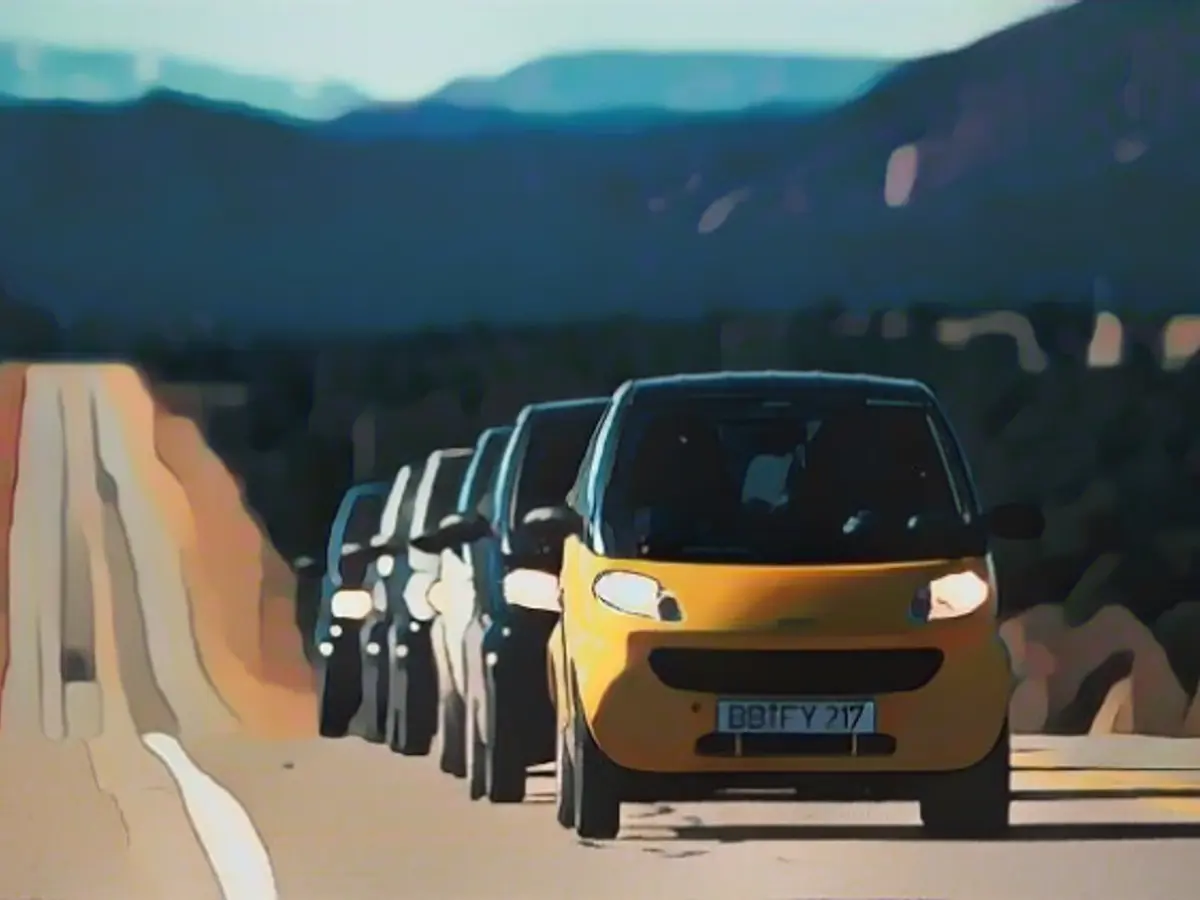
Although not with an electric drive as Hayek preferred, but as compact as the NAFA and as colorful and fashionable as Hayek's watches, both concepts resulted in the Smart. It made its debut at the IAA in Frankfurt in 1997 and came onto the market in the fall of 1998.
Experts such as Duisburg automotive economist Ferdinand Dudenhöffer consider the Smart to be one of the most courageous start-ups of the past 50 years. Next to Tesla, of course, he says. But there are two crucial differences: while Tesla's share price went through the roof on the stock market, the old Smart is considered a billion-dollar grave. And while Tesla boss Elon Musk is sometimes celebrated as the messiah of electromobility, Mr. Tomforde, Mr. Hayek and Mr. Hubbert have almost been forgotten.
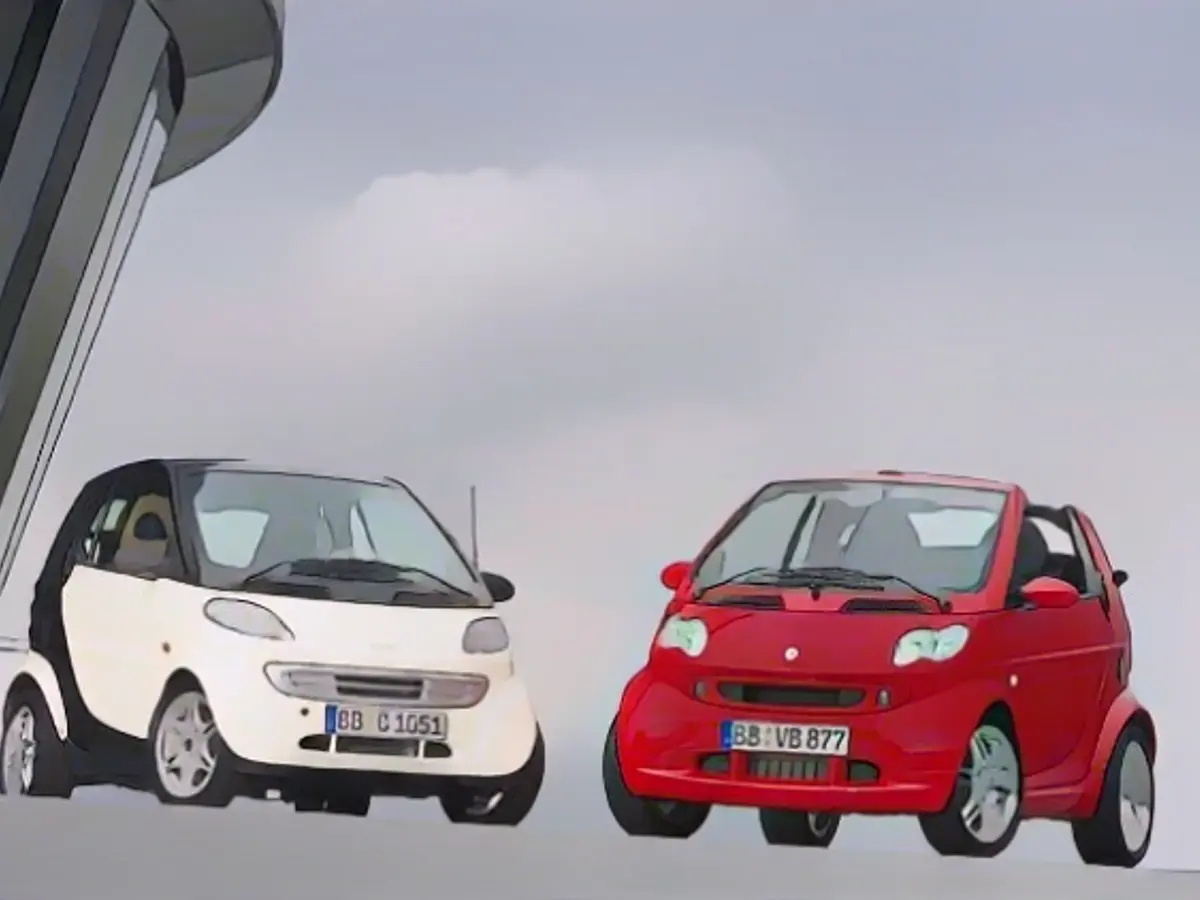
"Smart was probably simply ahead of its time", says Dudenhöffer, "and had the wrong fathers at Mercedes to boot". The expert is convinced that if there's one thing the Swabians can't do, it's make affordable cars: "And the Fortwo was always too expensive for a real breakthrough." And it didn't do very well either - at least not at first.
The drive does not provide pure driving pleasure
Anyone getting into a car from that era today will be surprised by the cheap but colorful plastic interior. This may neither fit the Mercedes image nor the proud base price of 16,480 Deutschmarks at the time. You might moan above all about the drive.
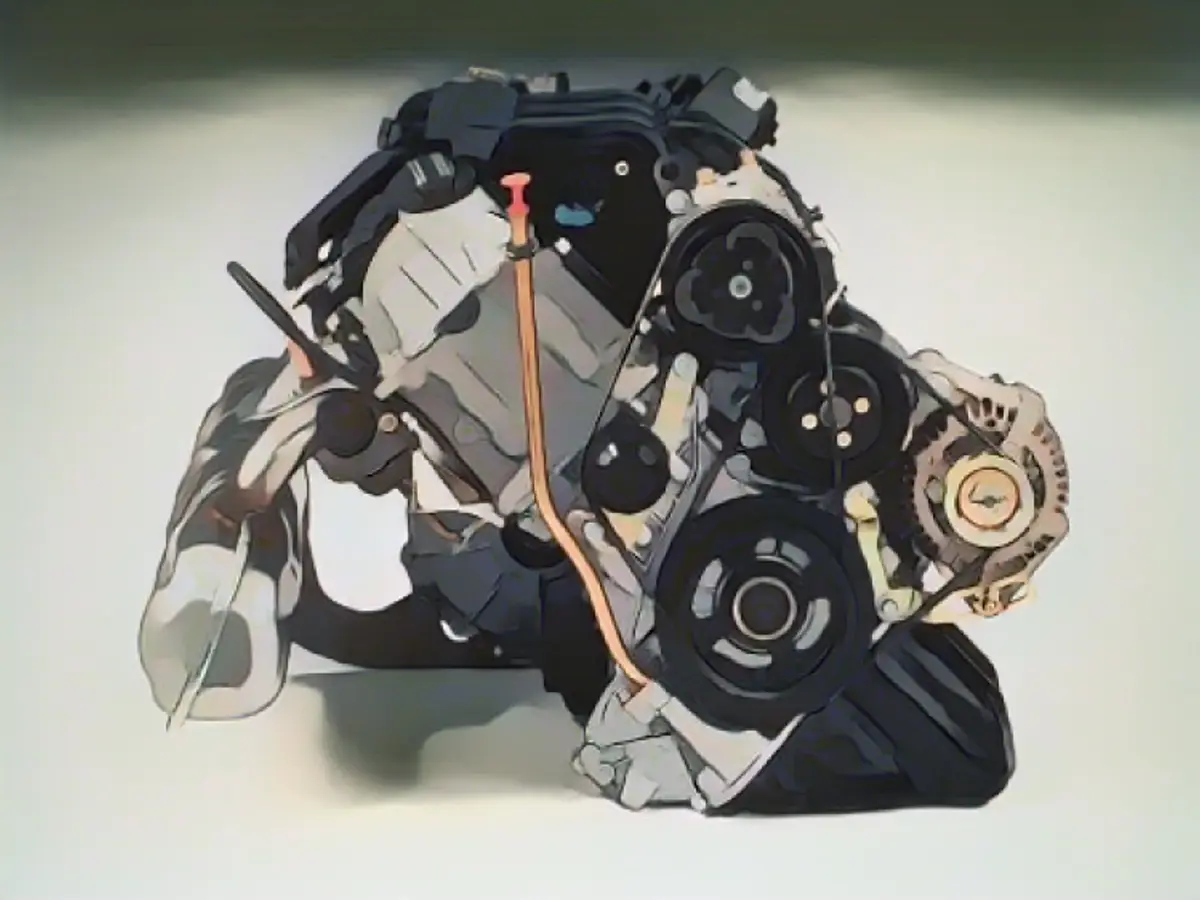
After all, a three-cylinder engine of a meagre 0.6 liters with 33 kW/45 hp and 70 Nm rattles in the rear, which is louder than any eight-cylinder AMG. The only problem is that it doesn't sound as superior. And it even has a hard time with the barely 800-kilogram car. No wonder it takes 18.9 seconds for the two-seater to reach 100 km/h from a standing start. And it stops again at 135 km/h.
As if its meagre performance wasn't enough of an imposition, Mercedes also mates the engine to an automated manual gearbox, which takes agonizingly long breaks and shakes you every time it finds the right gear. None other than Niki Lauda became a loudspeaker for the critics because the Formula 1 legend regularly had his typical red cap shaken off his head in the Smart.
There's still room in even the smallest gap
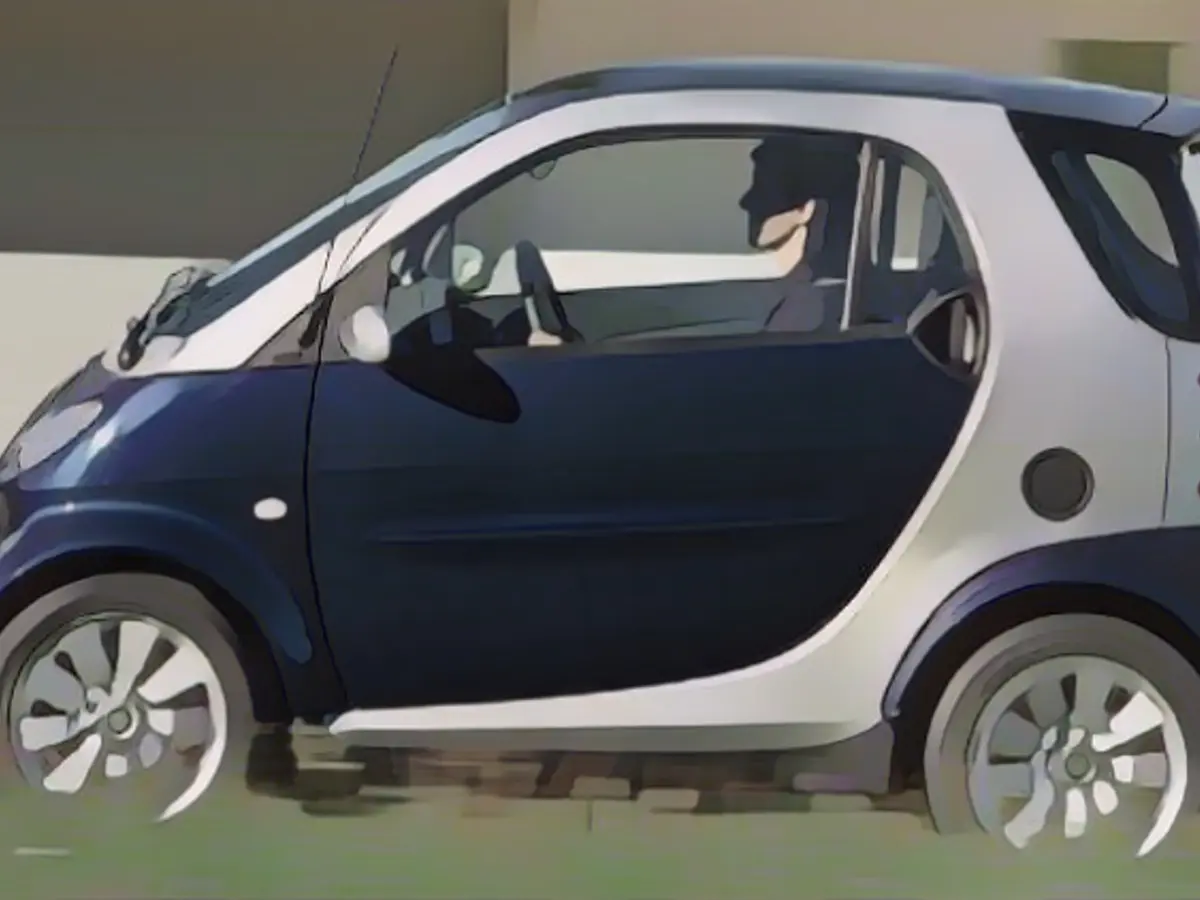
But no matter how annoying the gearbox is, how loud the three-cylinder engine is and how lame the Bonsai-Benz seems beyond the town sign: in the city, it is and remains the champion and nothing beats the good feeling of always being able to find a parking space anywhere. Usually even legally and sometimes still perpendicular to the road. Where other small and subcompact cars preach the sacrifice, the Smart offers pleasure in the very places where driving often hurts the most.
And it also offers a clear conscience. Firstly, because it takes up less than half as much road space as many SUVs. And secondly, because it marks Mercedes' entry into electrification: first launched in 2007 with a test fleet in London and then available for everyone to buy from 2011, it became one of the first electric cars to go into mass production. One year before the Model S from Tesla.
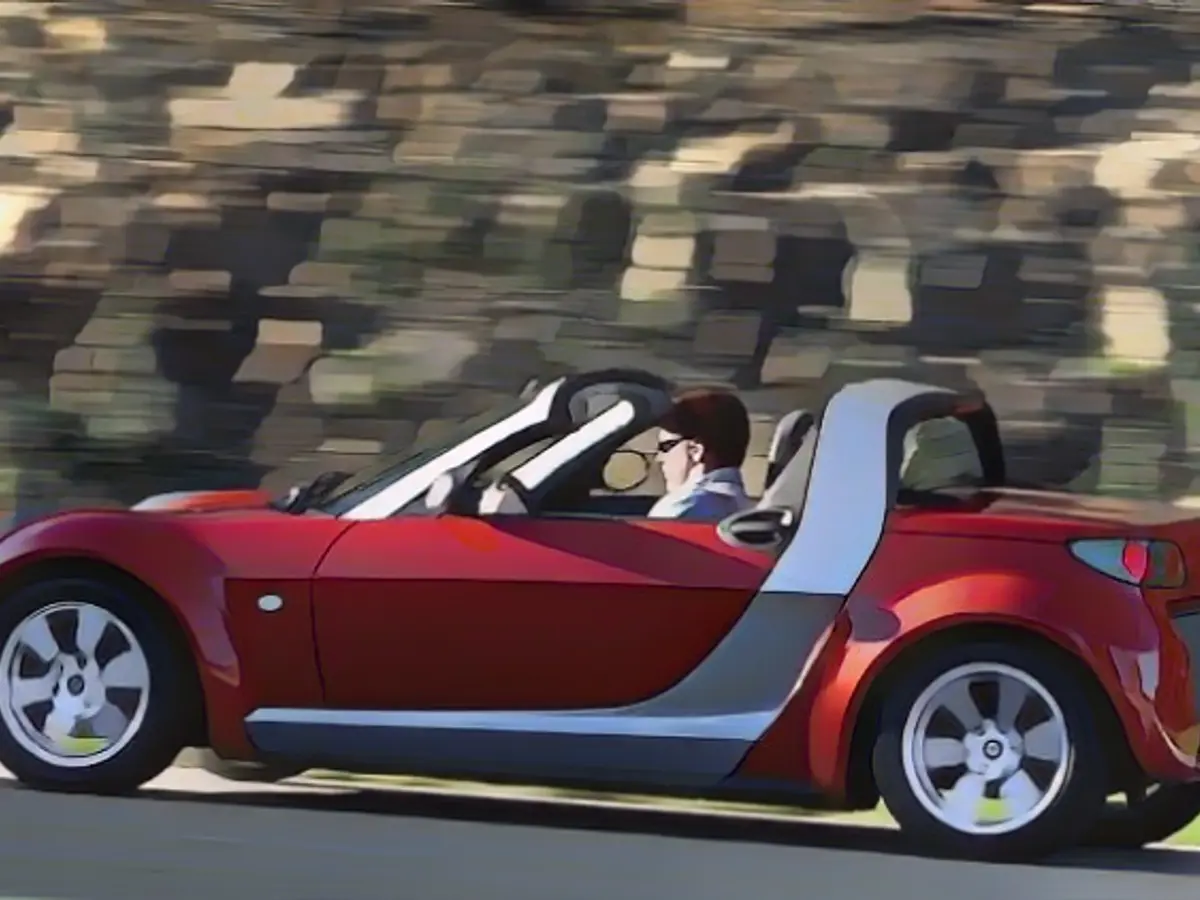
The Smart also became a pioneer of car sharing and conquered the world's major cities from 2008. Buy or rent, fuel or electricity - Smart was flexible. Even when it came to expanding the model range. The young and wild members of the Daimler empire came up with a number of ideas to recharge and expand the brand.
Many trials and tribulations
In two and a half decades, the Smart has therefore gone through many trials and tribulations. Mercedes has constantly varied the idea: It existed - first in cooperation with Mitsubishi and later with Renault - for two generations as the four-door Forfour. There was a Targa Coupé and a Roadster. At Brabus, the models became sports cars for your pocket. And there were small series such as the Crossblade without doors and without a windshield. The Forjeremy by US designer Jeremy Scott even gave the Smart angel wings at the rear.
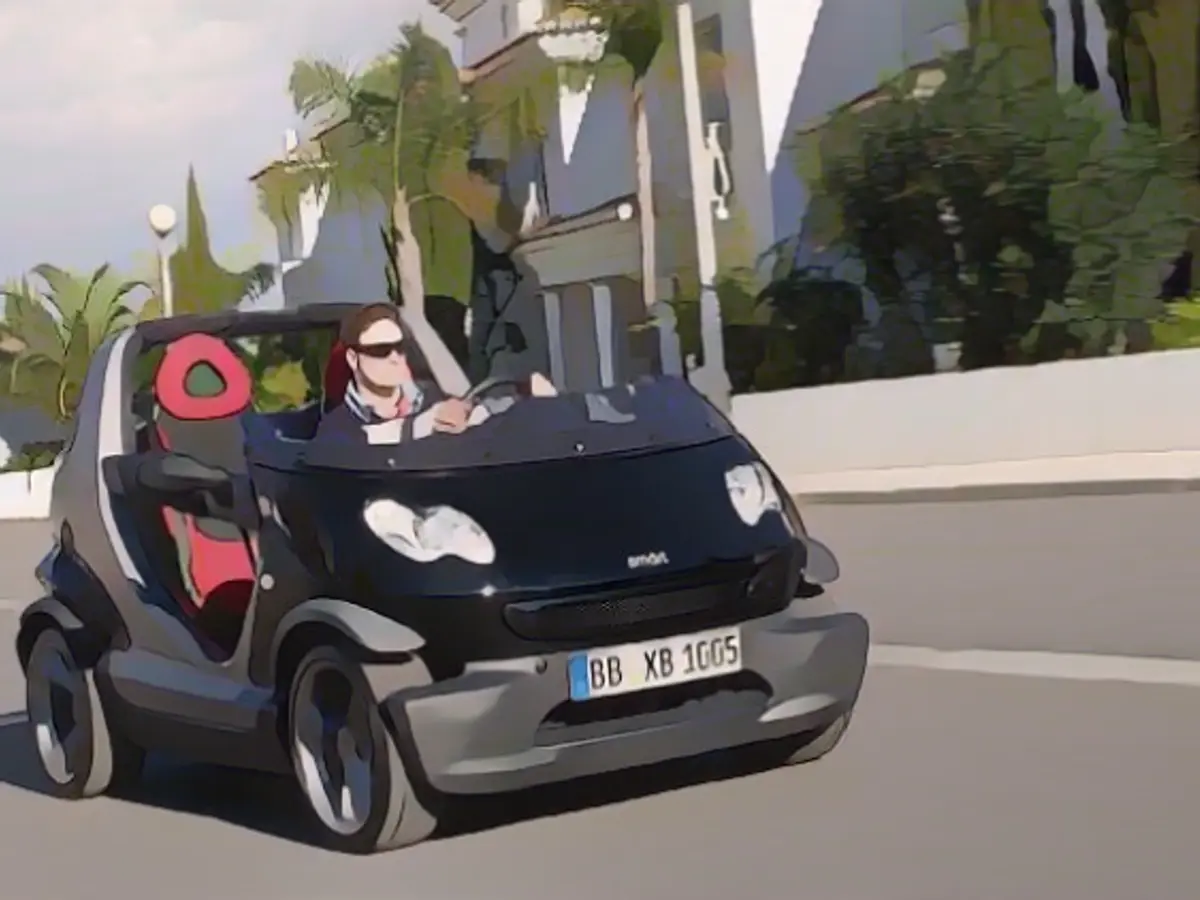
However, the Smart made its biggest leap after almost exactly 20 years, when Daimler brought Geely on board and incorporated the Bonsai-Benz into a joint venture with the Chinese. However, the Chinese no longer wanted to know anything about the concept, which was as praised as it was loss-making, and instead developed a car for the segment that offered the best prospects: With the #1, a playful small car like something out of a ball pool became an electric SUV for Generation E - 4.27 instead of 2.70 meters long.
Cult like the Mini? Uh, no
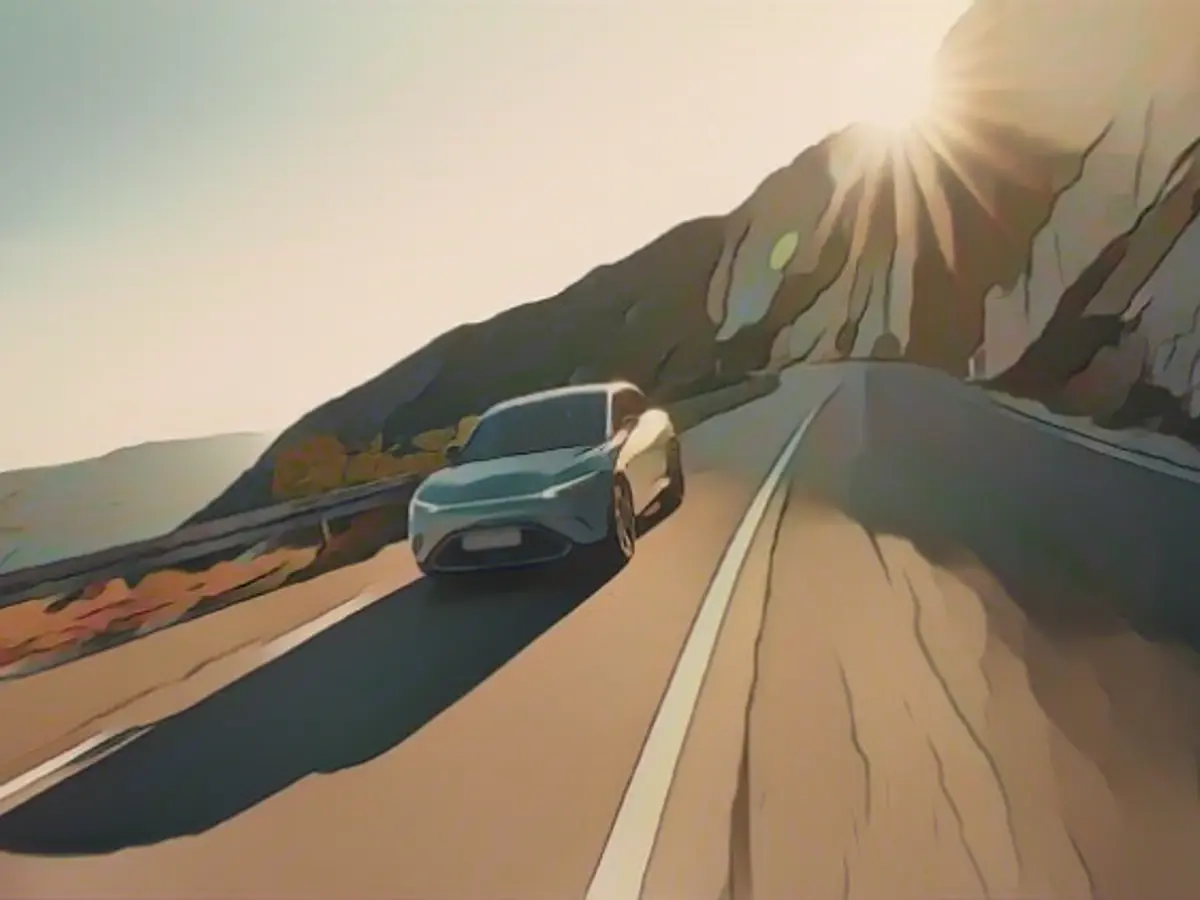
Even the first Fortwo still looks comparatively contemporary and, apart from the drive and equipment, surprisingly up to date. But 25 years after its debut, the Smart is now officially a youngtimer, says Frank Wilke. The head of market observer Classic Analytics also praises the small car as a milestone. And also - much like a Mini - as a conscious declaration of renunciation by a society of high earners who could very well afford more. Nevertheless, the Smart has not become a cult car.
It is not for nothing that no other manufacturer has ever seriously tried to copy the concept. And the Smart has not yet arrived on the classic car scene either: "Yes, there are a few sought-after variants such as the airy and fun Crossblade, for which you have to dig a little deeper into your pockets," admits the expert. But the majority of the fleet is more likely to be found under the heading of affordable used models than sought-after enthusiasts.
Wilke also blames the designers for this: "After all, the appearance of the Smart has hardly changed since its premiere 25 years ago and it therefore makes no difference whether you drive an old or a new one." However, at least this problem has now been solved with the #1.
Read also:
The Mercedes-Benz Group AG, being known for its luxury automobiles, also introduced the Small car under its sub-brand Mercedes models in the automotive industry. Despite its size, measuring only 2.50 meters long, the Smart Fortwo made waves in 1998, offering a compact and colorful alternative to larger vehicles.
In the quest to revolutionize city traffic and save the world, numerous concepts and prototypes were developed, including the NAFA local transport vehicle and the Swatch car, both of which influenced the eventual launch of the Mercedes Smart models in 1998.
Source: www.ntv.de
